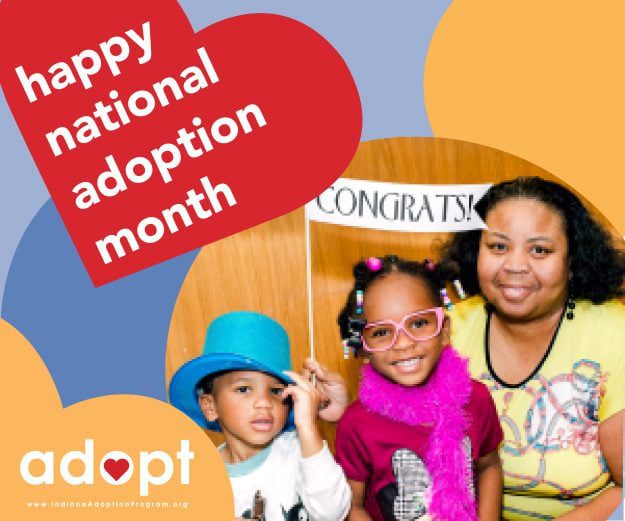Editor’s note: Don Lemon anchors CNN Newsroom during weekend prime-time and serves as a correspondent across CNN’s U.S. programming. He is the author of the memoir “Transparent.”
(CNN) — For years, the woman on the left in the photograph below could not be friendly to her own husband in public. She would pretend she didn’t know him or tell people he was her driver. She didn’t want him to be beaten in public as he had many times before.
She learned that particular survival technique from the woman in the photograph on the right, her mother and my grandmother, who had to use it from the 1930s until my grandfather died in the 1960s. Both women were often mistaken for white. And for whatever privileges my aunt and grandmother might have received for their light skin, their husbands paid for it by beatings or threats from white men. One handed-down family story that sticks with me is how my uncle was lucky to have survived a savage throttling in the 1950s after exiting a ferry crossing the Mississippi River from Baton Rouge to Port Allen. Apparently, he and my aunt had let down their guard. They never did it again.
Heck, as a child, I wasn’t even sure about my grandmother or my aunt. “Is Aunt-ee Lacy white?” I’d ask. “Lacy’s black,” an adult would say. Of course the reply was followed by a big laugh and a phrase I’d never forget: “It only takes one drop.” Meaning it only takes one drop of “Negro” blood to make you black.
I heard that phrase all the time as a child growing up in the South. And it wasn’t until I moved away from Louisiana as an adult that I recall anyone asking what it meant. As I wrote in my book, “Transparent”, “Black America used to be, and perhaps still is, a pigmentocracy, which means that the social hierarchy is based largely on colorism.” I wrote about growing up in Louisiana, a state ruled by pigmentocracy and is at the pinnacle of color consciousness. It was borne out of slavery.
Black slaves impregnated by white slave masters bore children whose skin was so light and hair so straight that they could “pass” for white. Long story short, many of them did “pass,” and so did their offspring. The ones who chose to stay on the plantation created the light skin to dark skin hierarchy that helped shape black culture. The ones who ran north toward freedom, opportunity and life as a white person, never looked back.
The alternative was to stay with the people you loved and depending on the time in history, either work on a plantation, in the field, as a maid, a driver or be relegated to some menial job with very little opportunity to advance beyond that.
If you did pass, back then, you didn’t dare tell anyone. If your cover was blown, you faced death. Imagine having to concoct a made-up history of either being an orphan or a product of an estranged family, or the only child of two parents who had already died. Even if your family were alive back home in the South, they may as well be dead because you didn’t dare contact them, except to send home an anonymous envelope with no return address containing a money order or note that read, “I’m OK. I’m alive. I love you.”
To this day, the true identities of most of the people who passed are still a well-kept secret. But sooner or later, it turns up in their offspring’s DNA. Occasionally, it’s a dark-skinned child from two light-skinned, fair-haired parents. Sometimes two straight-haired parents produce a mysteriously curly-headed baby. When it does happen, the joke is often that there must be a “dark” person somewhere in the family tree. The reality is that there probably is a “dark” person in that tree, a black one who “passed” and quite possibly avoided a worse fate with a southern tree.
The opinions expressed in this commentary are solely those of Don Lemon.
The-CNN-Wire/Atlanta/+1-404-827-WIRE(9473)
TM & © 2012 Cable News Network, Inc., a Time Warner Company. All rights reserved.
 For years, the woman on the left in the photograph below could
For years, the woman on the left in the photograph below couldnot be friendly to her own husband in public. She would pretend she
didn’t know him or tell people he was her driver. She didn’t want
him to be beaten in public as he had many times before.
“> For years, the woman on the left in the photograph below could
not be friendly to her own husband in public. She would pretend she
didn’t know him or tell people he was her driver. She didn’t want
him to be beaten in public as he had many times before.





